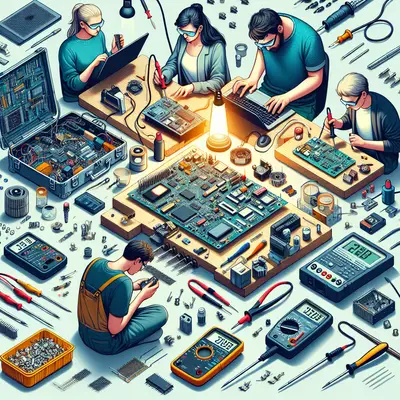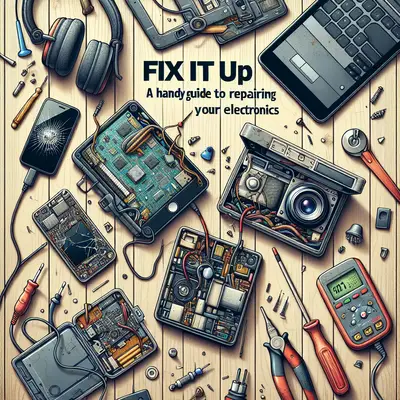Electronics are a significant part of our lives, but what happens when they start to wear down or stop working entirely? Before you rush to the nearest store to buy a replacement, consider repairing your old gadget. Not only can this save you money, but it's also a great way to reduce electronic waste. Here are five practical DIY repair tips that can help you get your devices up and running again.
1. Proper Diagnosis
The first step in repairing any electronic device is diagnosing the problem. This could be anything from a dead battery to a malfunctioning motherboard. Use the device's manual or online resources to identify possible issues and their solutions. A correct diagnosis can save you time and prevent further damage to the device.
2. Gather Necessary Tools
Having the right tools is crucial for any repair. For most electronics, you'll need a set of precision screwdrivers, a multimeter to test circuits, tweezers for handling small parts, and a soldering iron if you're dealing with circuit boards. Always ensure you have everything you need before starting the repair process.
3. Safety First
When dealing with electronics, safety should always be your top priority. Always disconnect the device from any power source before starting your repair. Additionally, use an anti-static wristband when handling components to prevent electrostatic discharge, which could damage your device.
4. Keep Track of Components
During disassembly, it's easy to lose track of screws and small parts. To avoid this, use a magnetic project mat or a simple muffin tin to keep everything organized. Label each component and take notes or photos to remember where each part goes during reassembly.
5. Know When to Seek Professional Help
While it's satisfying to fix your electronics, some repairs are better left to professionals. If you're dealing with high-voltage devices or complex circuitry and you're not confident in your abilities, it's safer and potentially cheaper to seek professional help.
Conclusion
Repairing your electronics can be a rewarding and environmentally-friendly alternative to buying new ones. With these tips, you're well-equipped to tackle most common issues. Remember, patience is key, and it's okay to ask for help when you need it. Happy repairing!



